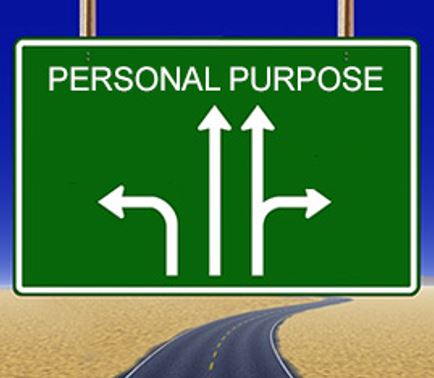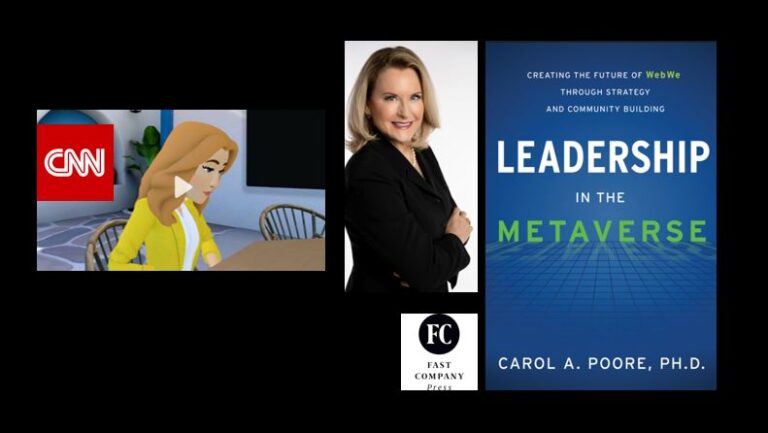It’s been said that only one percent of people across the globe have ever taken the time to contemplate and develop a sense of personal mission or purpose… and that may be overstating it (Hepler, 2010).
Your personal mission purpose statement can provide direction and clarity for all of your career investments, including where and how you choose to work, your volunteer community service, and your efforts to learn throughout your lifetime.
The following visual very succinctly illustrates how purpose can direct one’s life as well as an entire company was developed by Jim Collins, prolific author of Good to Great: Why Some Companies Make the Leap and Others Don’t (2001), and Good to Great and the Social Sectors (2005).
Your purpose can help you understand what you’re passionate about, what you can be “best” at, and what fuels your internal sense of being, or the “resource engine” of who and what you’re all about.
Moreover, when you more fully understand your own, unique sense of purpose, you’re more able to discover a meaningful and personalized pathway forward that no one but you were put on this planet to achieve!
And, you can shape a more compelling, impactful leadership trajectory. People follow leaders who are consistent and trustworthy. When you know who you are – guided by your personal purpose – you can effectively communicate a vision others can embrace and help you achieve.
So why do so few ever take the time to consider their personal purpose? Some are afraid of success, and the commitment that a personal purpose statement may require. Some are afraid of failure. There are many other reasons, but one especially noteworthy is that many believe they must have their sense of purpose either perfectly or permanently defined, like a pristine corporate mission statement.
Think of your personal purpose statement as a work in progress. It doesn’t need to be perfectly “wordsmithed.” Rather, it could consist of a few paragraphs of ideas, or a few sentences describing your areas of passion and commitment. Here are two steps to help you shape your personal purpose.
First, answer the following seven questions.
- How would you like to be remembered many years from now by those who knew you?
- What would you do NOW if there were no risk of failing?
- Think of TWO times in recent years where you felt you were making a difference?
- How can you immediately ensure you live your purpose each day, with no regrets?
- Do you see or sense apparent themes or patterns? Note them here.
- Briefly, try summarizing your thoughts. I believe the purpose of my life is to (describe in as much detail as you choose):
7. When will you find time to reflect about your purpose? (Describe.)
Second, observe themes or patterns that reveal the unique and real you. Summarize those in paragraphs, bullets, or descriptive words. Don’t worry about having to be precise! Get your ideas on paper. Reflect on these ideas. Refine your description over time. Your personal purpose is a process, and it will continue to evolve.
Third, through your new “personal purpose lens,” assess your existing career choices, volunteer service, and lifelong learning investments. Make changes if needed, so that your investments are aligned with your purpose.
References and Resources
Collins, Jim (2005). Good to Great and the Social Sectors. New York, NY: Harper Business.
Hansen, Ph.D., Randall. https://www.livecareer.com/quintessential/creating-personal-mission-statements
Hepler, Sylvia (2010). Five Fatal Flaws in Executive Thinking. Silvia@launchinglives.biz.
Poore, Carol A. (2001). Building Your Career Portfolio. Boston, MA: Cengage..
Mission/Purpose Statement examples: https://www.missionstatements.com/
Executive Mission/Purpose Statement examples: https://www.fastcompany.com/3026791/personal-mission-statements-of-5-famous-ceos-and-why-you-should-write-one-too




